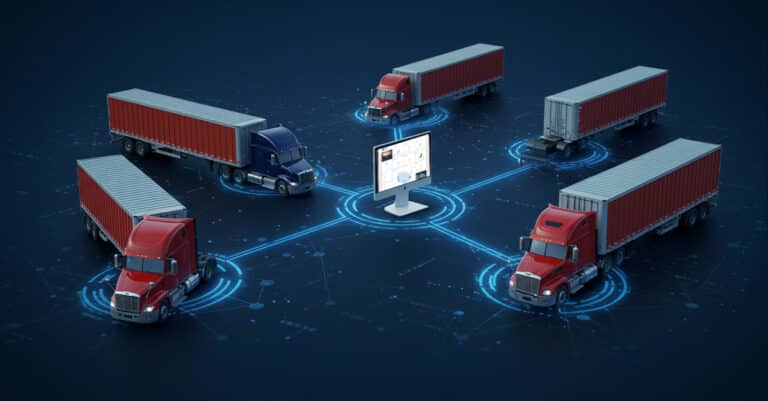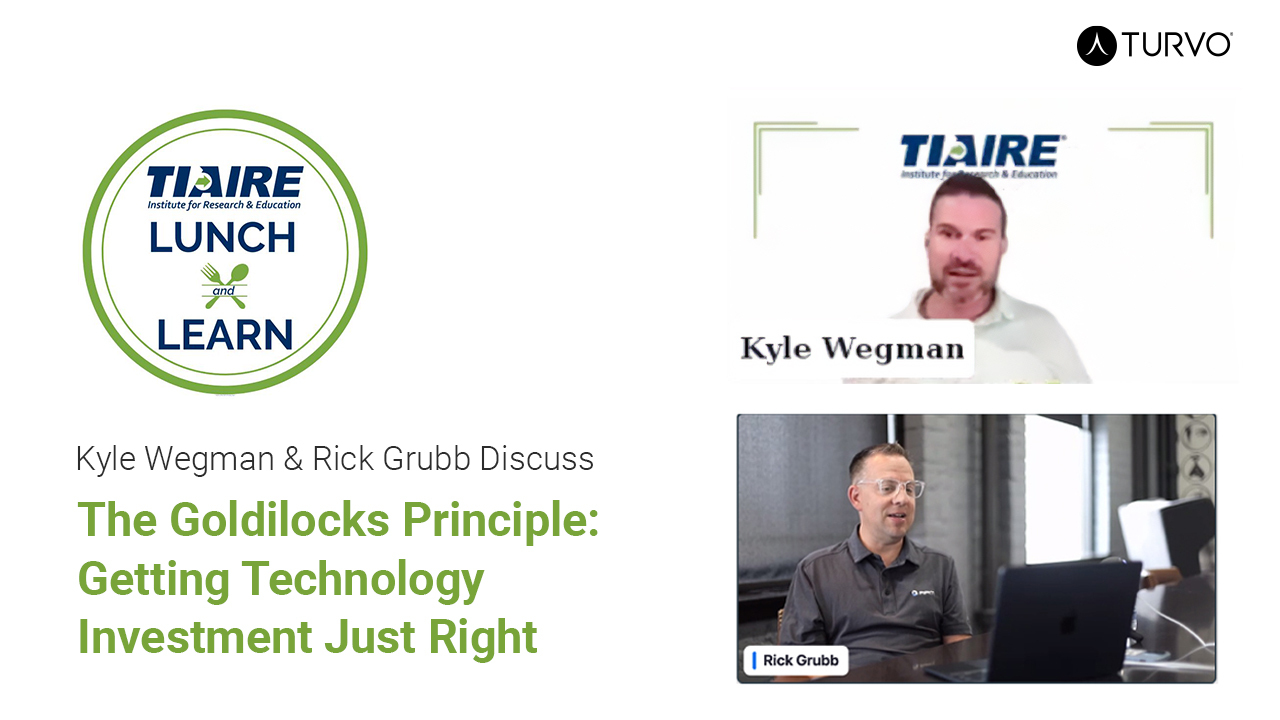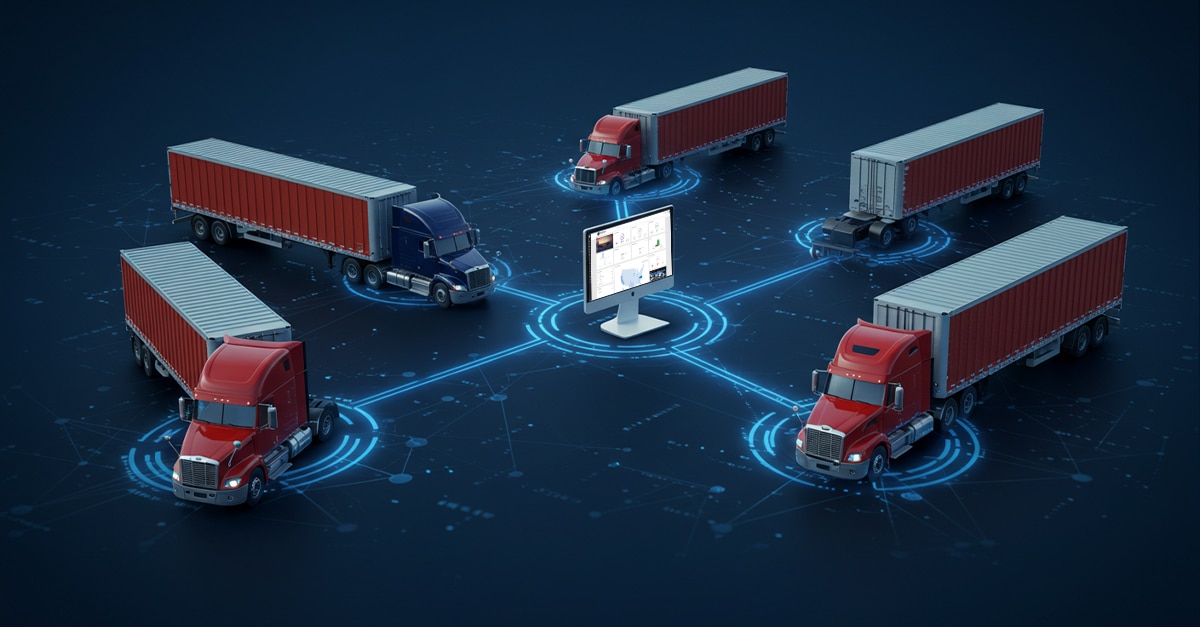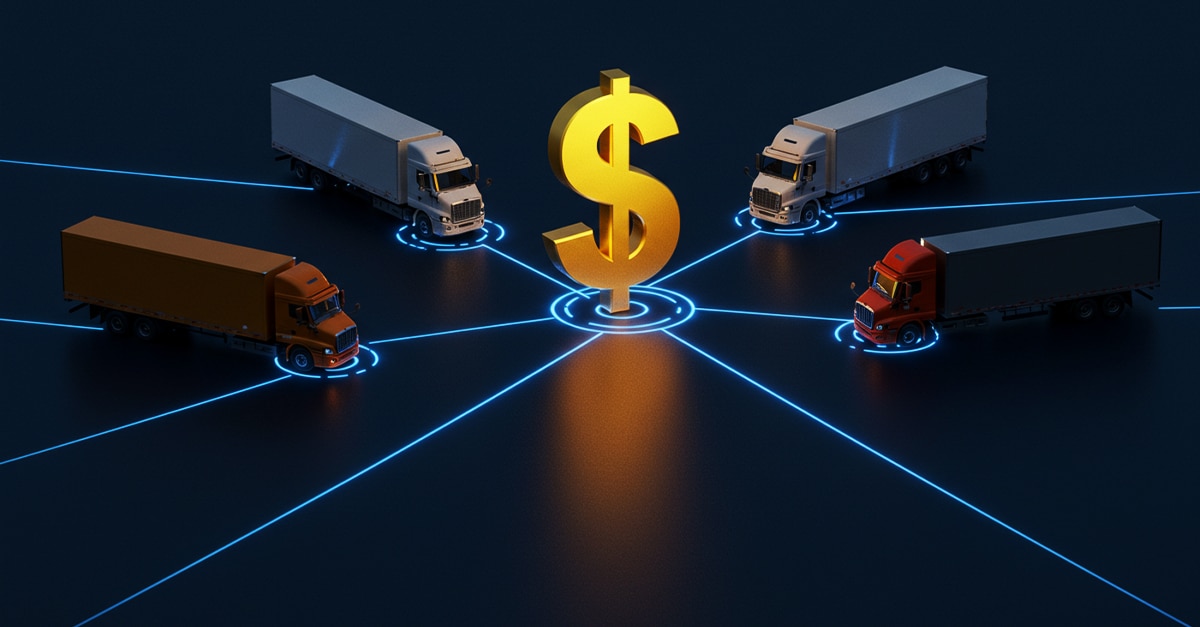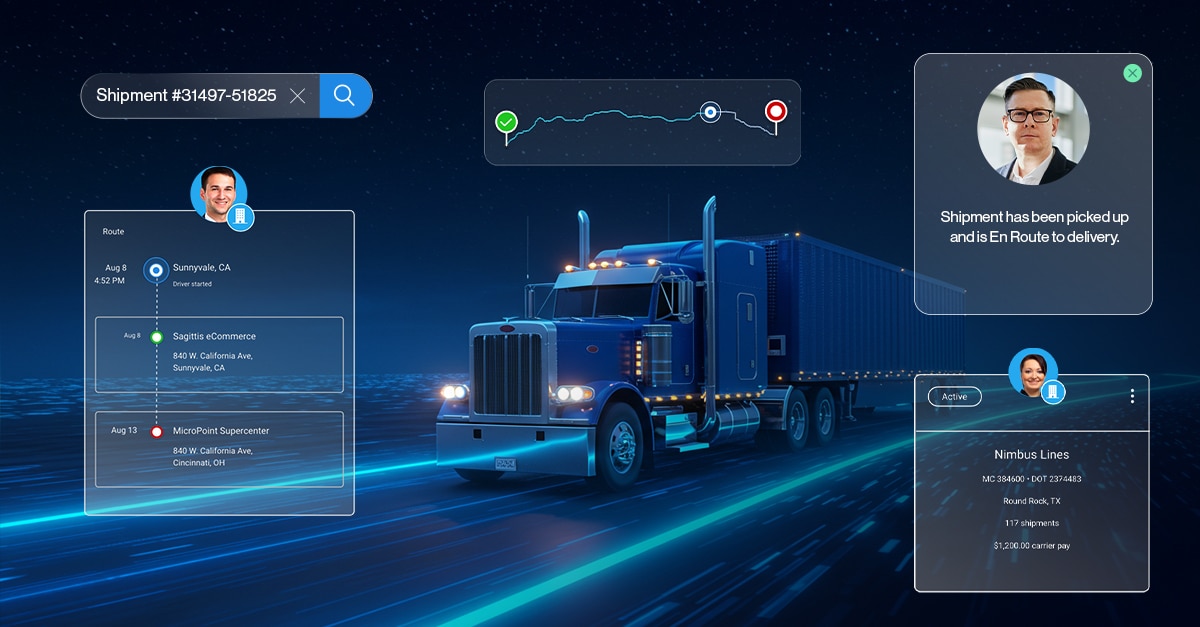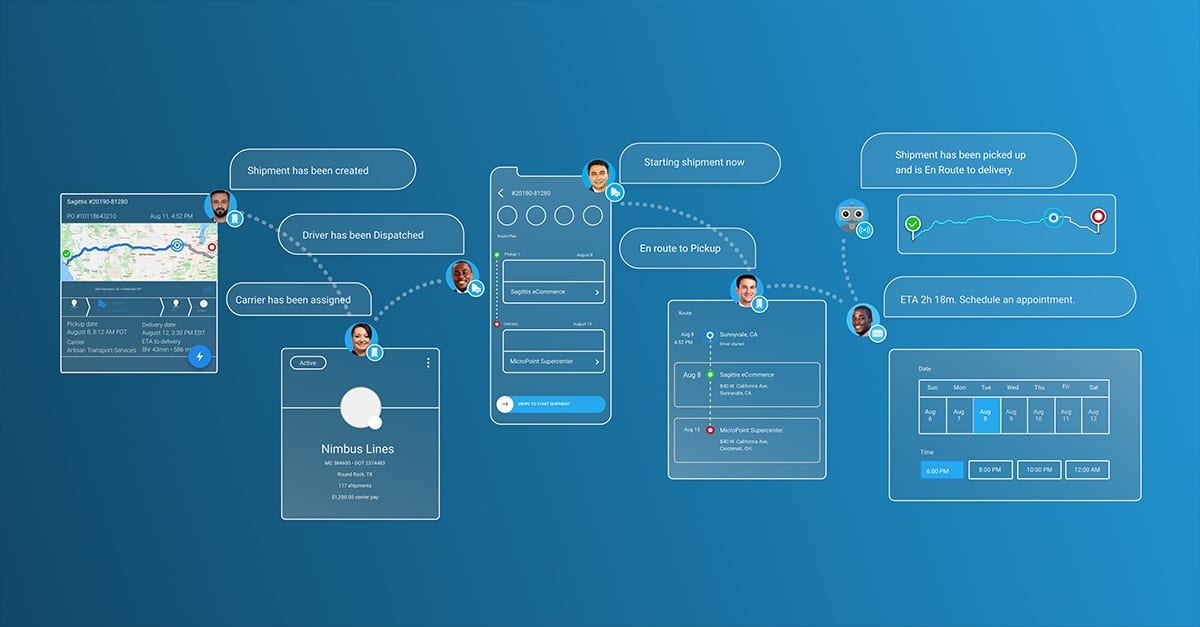Jump to watch full webinar here.
The Transportation Intermediaries Association (TIA) recently hosted an insightful Lunch and Learn Webinar titled “The Goldilocks Principle: Getting Technology Investment Just Right,” featuring industry leaders Kyle Wegman from Turvo and Rick Grubb from RPM. This engaging discussion dug into critical aspects of supply chain technology investment, focusing on the decision-making processes and strategies that optimize business growth and efficiency. Here’s a recap of the key takeaways from the webinar, concentrating on four pivotal topics: Build vs Buy, When to Invest in Supply Chain Technology, Evolution of TMS, and Implementation and Management.
Build vs Buy: Making the Right Choice for Your Business
Kyle Wegman kicked off the discussion with a compelling narrative highlighting the extremes in tech investment he has witnessed: a billion-dollar company still relying on Excel and VBA code versus a small brokerage planning to build a custom TMS. These anecdotes underscored the importance of finding the “just right” level of tech investment.
Rick Grubb added that RPM employs a strategic approach, using an 80-20 rule to decide whether to build or buy. If a solution meets 80% of their needs, they opt to buy and customize the remaining 20% using a public API. This strategy allows RPM to leverage off-the-shelf solutions while tailoring specific functionalities to their unique requirements, striking a balance between cost-effectiveness and customization.
When to Invest in Supply Chain Technology: Recognizing the Signals
The panelists emphasized the importance of recognizing the right time to invest in technology. Common signals include leadership and sales teams getting bogged down in day-to-day details and the need to hire more people to manage increased volumes. Wegman pointed out that times of economic downturns can present unique opportunities to invest in technology, as businesses can “slow down to speed up” and prepare for future growth.
Grubb shared that RPM takes advantage of slower market periods to shore up their existing systems and make them more scalable, anticipating market recovery. This proactive investment approach ensures that the company is ready to capitalize on opportunities when business picks up again.
Evolution of TMS: From Monoliths to Modular Solutions
Discussing the evolution of Transportation Management Systems (TMS), Wegman noted that the modern TMS landscape has shifted from monolithic solutions to more modular, integrated systems. The growth of specialized partners in every aspect of the workflow—from carrier monitoring to invoicing—has enabled companies to build a tailored supply chain technology stack that best suits their needs.
Grubb elaborated on RPM’s approach, highlighting the importance of public APIs in integrating various technologies. This flexibility allows RPM to enhance their TMS with custom-built solutions, creating a robust and dynamic tech ecosystem that drives their operational efficiency and competitive edge.
Implementation and Management: Ensuring Success
Successful implementation and management of technology investments require strategic hires, clear communication, and the right partnerships. Grubb emphasized the importance of building strong relationships between IT and business operations, fostering a collaborative environment where IT is seen as a strategic partner rather than just an order-taker.
Wegman added that maintaining consistency in communication and project management rituals can build trust and ensure smooth project execution. He stressed the value of being bold and taking calculated risks, supported by a leadership philosophy that encourages transparency and the pursuit of ambitious goals.
Conclusion
The TIA Lunch and Learn Webinar provided valuable insights into optimizing technology investment in the supply chain industry. By carefully evaluating the need for technology, making strategic build vs buy decisions, leveraging the evolving TMS ecosystem, and ensuring effective implementation and management, companies can achieve a balanced and impactful tech strategy. As the industry continues to evolve, these principles will guide businesses in making informed decisions that drive growth and efficiency.
Schedule a demo today to see how Turvo makes the Buy vs Build decision easier, ensures a successful implementation, and is a long term technology partner rather than only a vendor.
Watch the full webinar below!


